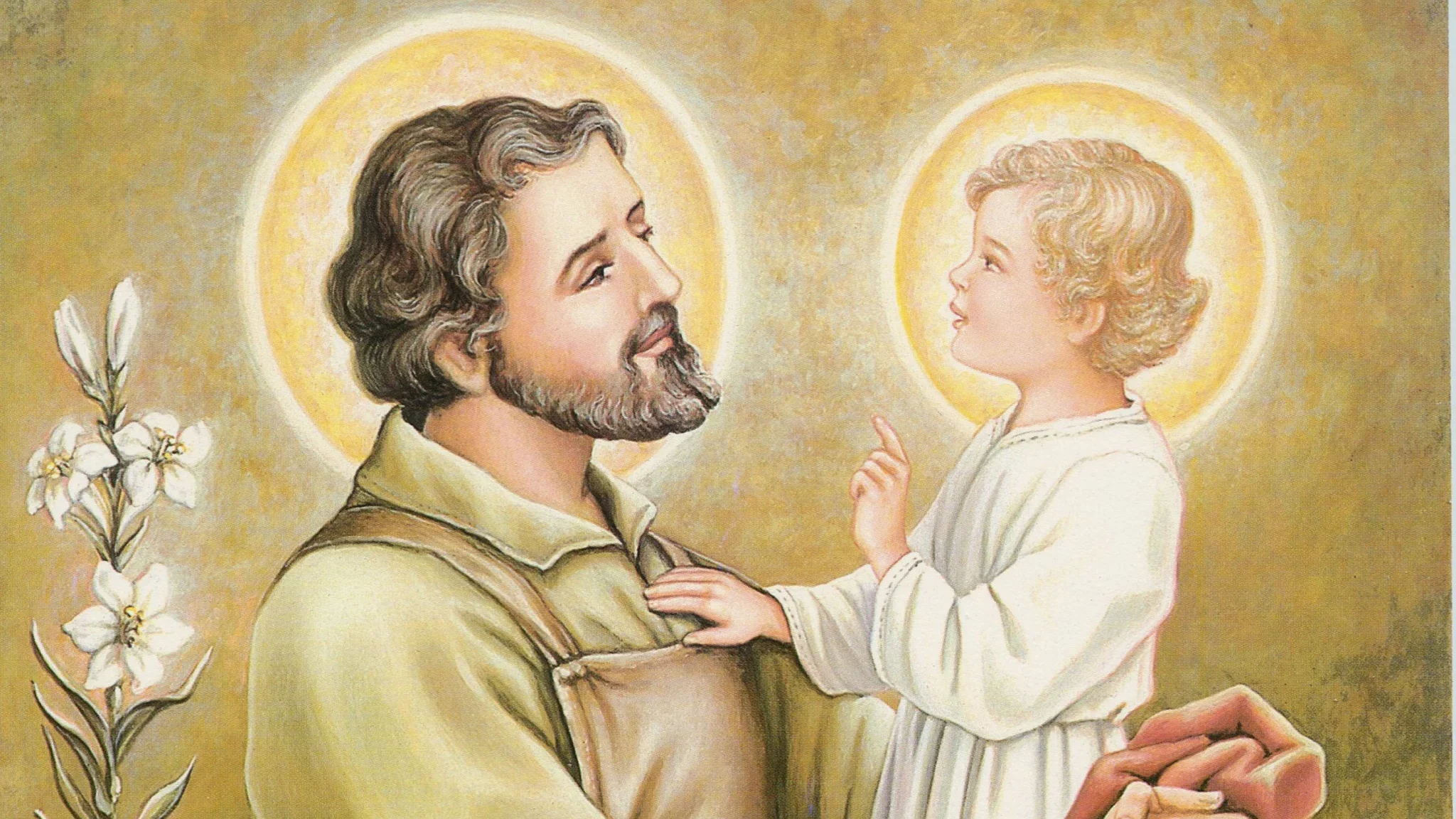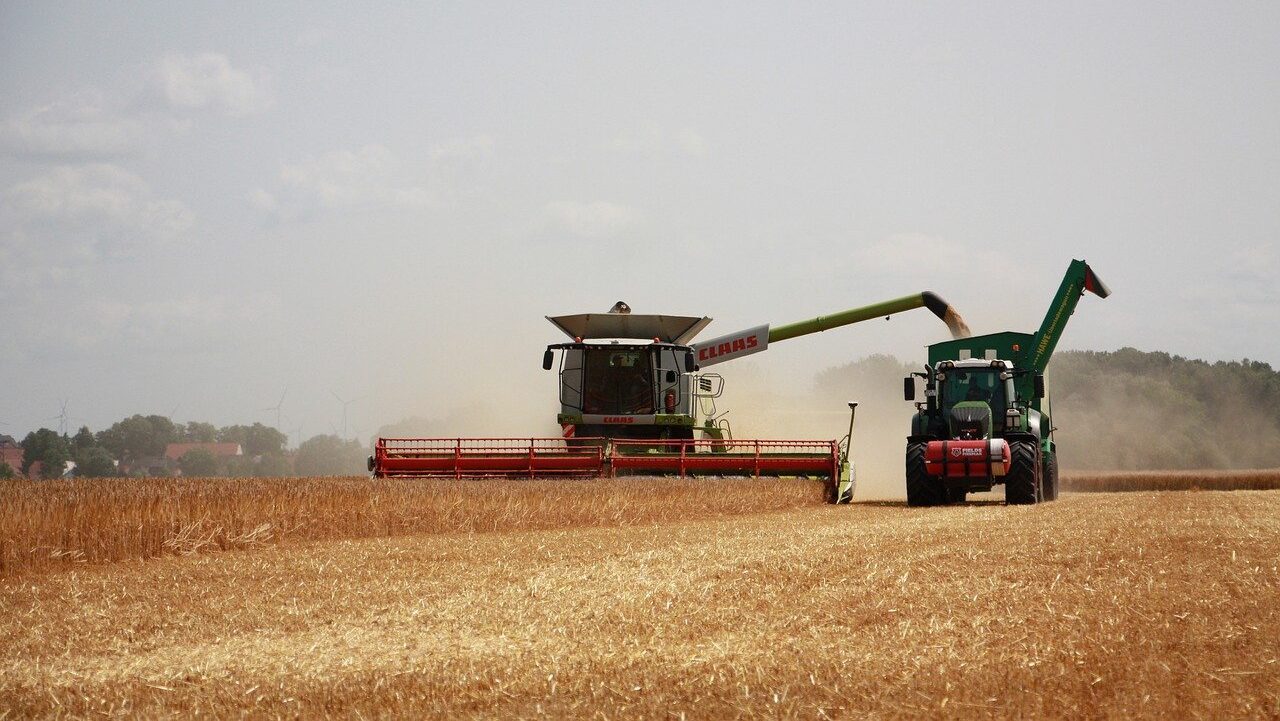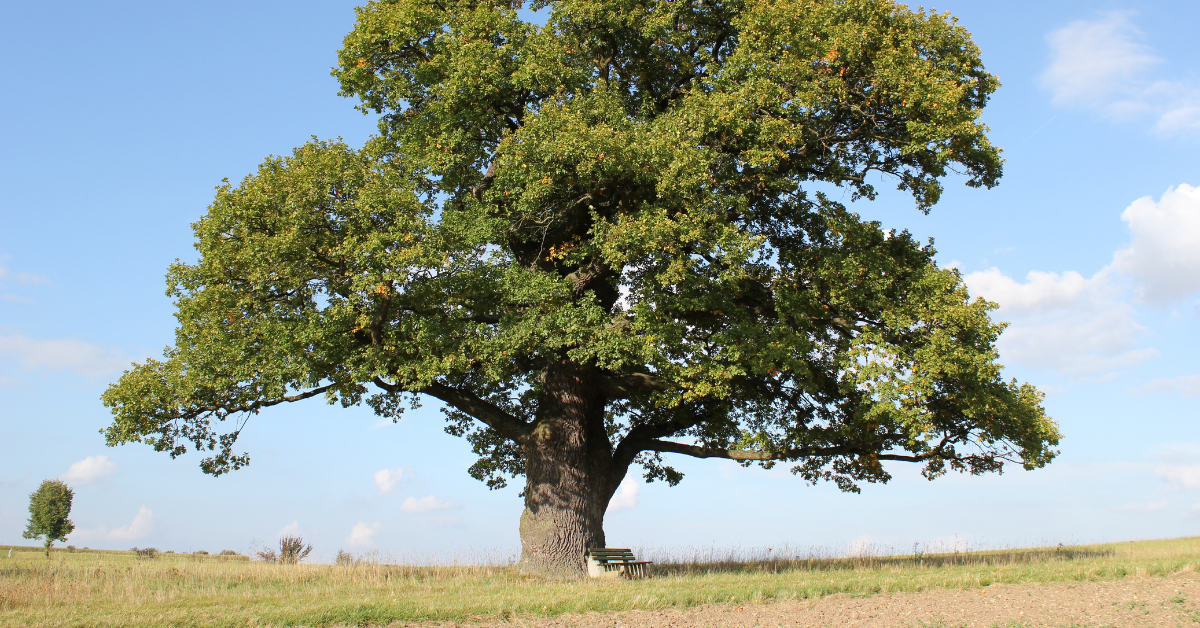Editor’s Note: July 14th is the feast day of St. Kateri Tekakwitha, who is the patron saint of environmentalism. Her great love of God and His creation led to her nickname of “the Lily of the Mohawks”. This story first appeared on Catholic Exchange and is reprinted with permission.
_____________________
Every life is a story, originating in God, the Master Storyteller, then winding through the hills and hollows of earthly existence, hopefully fading out of our narrative view back in the arms of the God who created us. Every life is a story, and it is the lives of the saints which show us how extraordinary a life filled with God’s grace can be.
Kateri Tekakwitha was born in a Mohawk village in present-day New York, almost 360 years ago. Her father was a tribal chief, and her mother was a Roman Catholic Algonquin, who had been captured by the Mohawk, but later adopted into the tribe. By the age of four, Tekakwitha was nearly blind, and her face was utterly scarred by smallpox. While the young girl survived the epidemic, her mother, father, and baby brother did not. Lost, scarred, and alone, Tekakwitha (a name which means, “She Who Bumps Into Things”) was adopted by her paternal aunt and her husband.
Tekakwitha grew up in a time of personal and cultural upheaval. Political intrigues between the Dutch, the French, the Huron and the Mohawk meant that violence could erupt at a moment’s notice. Once such incident happened when Tekakwitha was 11. French colonists attacked and razed three Mohawk villages, in an attempt to move westward. Part of the peace treaty between the French and Mohawk stipulated that Jesuit missionaries be allowed into the native villages when they were rebuilt. And so it was that Tekakwitha came into contact with representatives of her mother’s faith.
The Jesuit priests who came to the Mohawks were holy men. They strove to learn the language, to learn the culture, and to help the Mohawks make connections between their existing religious beliefs and those of the Catholic faith. The priests were fearless, one time standing between their Mohawk hosts and Mohican prisoners who were being publically tortured, risking their own lives to offer comfort to the dying prisoners.
This willingness to stand firm in belief was shared by Tekakwitha. Twice she stood up to relatives who would have her married off, once at the age of 13, and again when she was 17. She was ridiculed and harassed for this refusal, but she stood firm in the face of their insults. And so it was this self-possessed young woman that Fr. Jaques de Lamberville met while travelling through the local Mohawk villages. Tekakwitha spoke with him, told him the story of her life, and revealed that she wanted to become Catholic. He began instructing her in the catechism, and a year later, on Easter Sunday 1676, the nearly blind Mohawk known as “She Who Bumps Into Things” was baptized, taking on the baptismal name of Kateri, the Mohawk form of the name Catherine, after St. Catherine of Sienna.
Once baptized, Kateri was shunned by her village. Many accused her of sorcery. She was isolated, avoided, insulted. Fr. De Lamberville suggested that Kateri leave her home and go to Kahnawake, a mission where a large number of indigenous converts now lived. Kateri followed his advice.
In Kahnawake, Kateri grew in holiness. She would stand outside the chapel door very early every morning, even in the coldest of winters, waiting for it to open for Mass. She undertook severe penances for the conversion of her kinsmen. Her sanctity impressed itself upon the European Jesuits, challenging them to rethink their conception of indigenous people and their cultures.
Then, four short years after her baptism, Kateri left this world. She died on Holy Wednesday, 1680, surrounded by friends. Within hours, the smallpox scars that the woman had worn since childhood miraculously disappeared, leaving her skin smooth and untouched.
Three people had visions of her in the week following her death. A chapel was built near her grave, and soon pilgrims began to visit, coming to thank God for this “Lily of the Mohawks” who built bridges between Europeans and Native Americans, between humans and God.
A number of miraculous healings were attributed to Kateri’s intercession. The one approved for her canonization took place in 2006, where the Mohawk’s prayers are credited with halting the spread of flesh-eating bacteria in a young boy.
In 2011, Pope Benedict named her a saint, the first Native American saint, and patron of the environment, Native Americans, people in exile, and people ridiculed for their piety.
St. Kateri Tekakwitha, Lily of the Mohawks, pray for us.
















